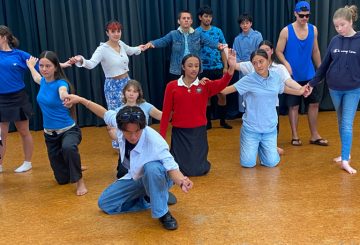적십자사는 크라이스트처치 지진 이후 저지른 실수를 반복하지 않기를 원했기 때문에 재난 구호 기금이 피해 지역 사회에 유입되는 데 시간이 걸리고 있다고 밝혔다.
뉴질랜드 사람들은 사이클론 가브리엘과 홍수로 피해를 입은 사람들을 위해 지금까지 2천 2백만 달러를 기부했지만, 그 중 5분의 1만이 기부되었습니다.
사라 스튜어트-블랙 적십자사 사무총장은 시간을 들여 필요성의 규모를 평가하고 의회, 정부 및 iwi와 협력하여 기부금을 두 배로 늘리지 않도록 노력하고 있다고 말했습니다.
크라이스트처치 지진 이후 적십자사는 너무 빨리 움직여 자금을 중복하여 잘못된 곳으로 퍼널링했다는 비판을 받았다고 그녀는 말했다.
테카라카의 타이 라휘티 (Tai Rāwhiti) 공동체에서 화나우의 필수 가정용품을 스티커가 달린 집으로 교체하는 시범 프로그램을 예로 들 수 있다.
하지만 헤이스팅스 교외의 파코와이에 사는 제프 다우너는 급히 현금이 필요하다고 말했습니다.
사이클론 가브리엘에 의해 다우너의 집과 두 개의 사업체가 파괴되었습니다.그는 적십자사가 기부한 혹스베이 재난 구호 기금에 최대 1000달러를 신청했고, 그 절반을 받았습니다.
다우너는 현물 지원과 기부 대신 피해를 입은 모든 가정이 일시금을 받아 자신이 적합하다고 생각하는 방식으로 지출하기를 원했습니다.
적십자사는 아직 세부 사항을 검토 중일 수도 있지만 스튜어트-블랙은 기금의 대부분이 8월까지 지출되고 나머지는 사이클론이 발생한 지 1년 이내에 지출될 것이라고 말했습니다.
크레딧: radionz.co.nz




























































